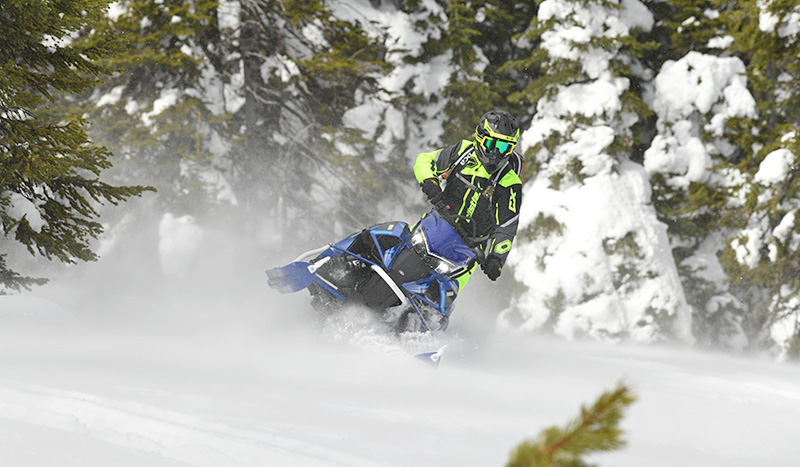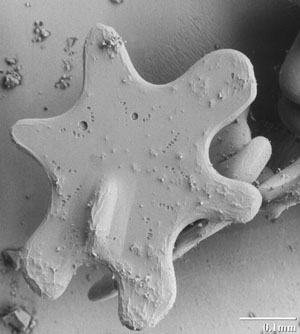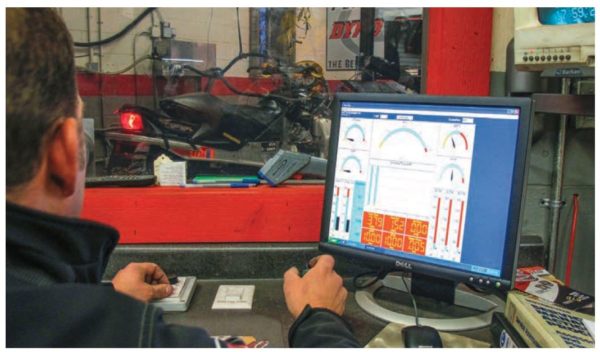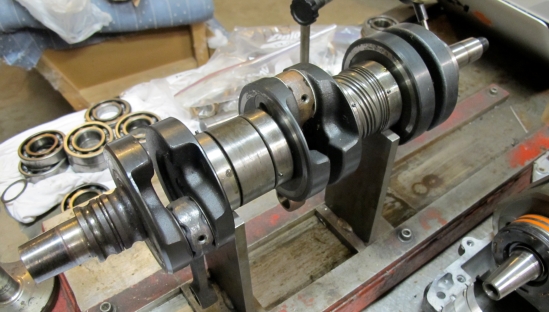Snow makes snowmobiling possible, but how much do you really understand about what it is and how each flake morphs through its life cycle? Snowmobile Science writer TJ Krob penned this article for the November 2019 issue of Snow Goer magazine. Enjoy. — Editor

Calling all winter lovers: In your mind, what’s the single most critical component that makes winter fun possible? What do you yearn for during those days of 90-degree heat throughout the summer? The operative word in our Snowmobile Science series is… SNOW! It’s the one ingredient necessary that, without it, snowmobiling wouldn’t exist.
On some levels, snow is simply frozen water falling from the sky, piling up to be shoveled from driveways and making roadways more treacherous to drive on. It’s most enjoyable, though, when it coats backcountry playpens in feet of fluff, or douses lowland trails in a layer of groomed white goodness.
The consistencies/textures of snow vary greatly depending on overall local climate, current weather conditions including humidity, wind speeds and temperature, and even surrounding terrain such as rocks, trees, steep cliffs or vast flat areas. These conditions result in the colloquial terms like “Cascade Concrete” (hard-set snow found in the Pacific Northwest), “Cold Smoke” (fluffy weightless powder found high in the mountains of Colorado, Wyoming and Montana) or “Lake Effect” blasts (massive storms rapidly dropping feet of wet snow per hour).
Regardless of snow consistency, our snowmobile must propel itself across the “Winter Wonderland” via a rotating rubber belt obtaining grip and traction from any type of surface.
For trail riders sporting ice studs under their tunnel, the interaction of the track with the snow doesn’t dig far below the surface to ensure grip via sharp edges puncturing through an icy crust. An ice climber ascending a waterfall uses the same principle of harnessing the frozen surrounding molecules of water remaining adhered together to move vertically upward from the earth, despite an ice pick/cramp-on device disturbing the structure with a gouged hole.

However, there are select days when you might be on the tail of a groomer and fresh snow is smooth, but still slightly loose. If you’d been six hours later or that trail was left to sit untraveled upon overnight, the surface transforms into a much harder substance to ride on.
Why is this? Snow is an extremely temporal and ephemeral substance. It’s one of the few substances that can be a solid, and then a few degrees warmer turns into a liquid, or it can also reside as a vapor among itself at the same time.
During the start of the winter season when the temperature gradient is large enough, vapor is found between the crystals that exists as 100 percent humidity, allowing one deeper/colder crystal to lose mass while the neighboring shallower/warmer crystal is gaining mass. As the arms of a snowflake lose mass, vapor will move from tips into the cavities, turning the single flake into a rounded blob without affecting others around it. Placing the two “balls” of snow next to each other as spherical shapes will form a neck to link between them, but no net mass change will occur.
Imagine being a metal worker forming solid steel a few degrees prior to it becoming molten – working with that metal would become difficult, the resulting product would suffer and it would be tough to make a living. In the case of a groomer running over a trail while mechanically adjusting the individual flakes – the immediate surface is still soft, but the additional freeze and time will make it much firmer.
How alteration of snow impacts its usability or traction is even more evident in mountainous terrain. Similar to the groomer altering the feel of snow, wind and environmental changes during blizzards can naturally cause change as well. When the wind picks up snow, which at rest was a nicely shaped crystal, it now tumbles – destroying fragile arms and spiky edges, and beating it into a more round ball.
These balls can bond and adhere more readily, becoming the wind lips, cornices and drifts that are much harder than the surrounding pack.
If a lengthy storm rolls into an area and then temperatures rise, the snowpack becomes inverted with heavier snow on top and lighter snow on the bottom. The cold, fluffy powder on the bottom – coupled with the heavy pack on top – leads to tough riding where skis break through upper layers of sticky snow while the track is using the lighter, fluffy conditions underneath (receiving minimal traction). Give it a day and the cool evening temperatures allow the snow to set-up, leading to supreme riding conditions during the coming days.
Another overlooked scenario is when a rider becomes stuck (even on flat terrain) and digs themself out, steps down a trail in front of their machine and has again altered the snow to assist with extraction. Packing snow removes the air between flakes, breaks down the arms of the flakes and allows for a tighter compaction. When a rider attempts to ride out under power, the track seems to have far more propulsion capability relative to the undisturbed deep fluff. In this case, the core of the snowflakes have receded in volume – an old adage being that once you’ve packed your egress route from the stuckhole, take “enough time to smoke a cigarette” – the more time you give it, the tighter it adheres.
An interesting note regarding becoming stuck on a slope versus flat ground: Given a perfect world where the exact same snow consistency, depth and more fell onto a slope versus the meadows below, the interaction of the track with the snow and the ability of the paddles to grab snow to propel forward is the same when trying to move horizontally with zero elevation change versus climbing a hill. The only variable is that the rider has an upward component of their velocity attempting to overcome the pull of gravity. As a result, the ground speed slows – to no fault of the snow.
Climbing on hills coated with fresh powder or differing layers of snow can also cause avalanches. Snow tumbling down a hill at great speeds produces massive forces inside of a snow mass, shearing the flakes together, rapidly altering their appearance and generating heat within the flow due to friction.
Coupling this heat with a large mass leads to quick rock-hard digging conditions (should one need to extract a fellow comrade). The interaction of a snowmobile track with the snow is a wild ride, leaving us largely at the mercy of Mother Nature. While we can move and adjust small areas of snow near our machines or driveways, the snow can only bond to its neighboring molecules given time and adequate conditions. Larger, deeper paddles cause a snowmobile track to move more mass, catching more snow and forcing more breakages from one crystal to the next, but are still at the mercy of how meshed that bond may be. Enjoy every dig-out!
Editor’s Note: Every Snow Goer issue includes in-depth sled reports and comparisons, aftermarket gear and accessories reviews, riding destination articles, do-it-yourself repair information, snowmobile technology and more. Subscribe to Snow Goer now to receive print and/or digital issues.



